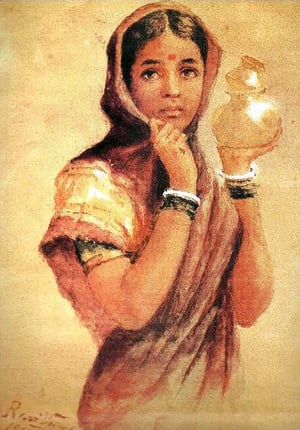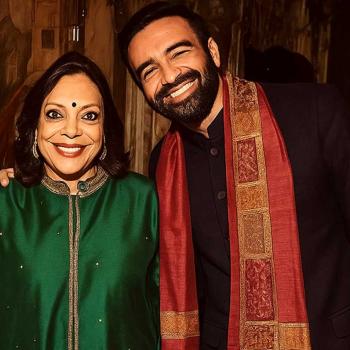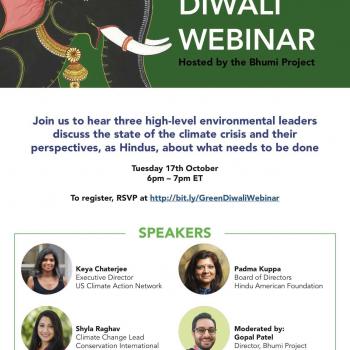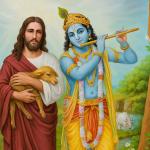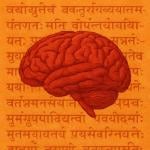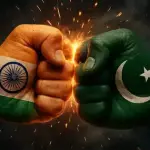A thought experiment
Imagine for a moment that 5000 years ago, a large, likely urban civilization began to expand. In the course of its expansion it began to both cooperate and war with smaller hunter-gatherer tribes living on its periphery; and over time, for survival, many of those tribes decided to join the larger civilization, moving to the cities en masse and forming proto-ethnic blocks within those cities, gravitating towards certain jobs but maintaining traditional bans on eating with or marrying those from other tribes. Now imagine that each tribe–including the elite ones dominating its urban core–had complex ritual purity laws about food, waste, death, and decay–perhaps evolved from subconscious efforts to control infection. And finally imagine that, within the urban core in particular, tribes periodically mixed, merged, fissured, and disappeared as their roles and beliefs evolved. You would, over the next several thousand years, be able to understand–without condoning–the caste system as it actually exists in India, a historically contingent, incredibly complex phenomena that for its existence is largely dependent on Indian society’s genesis and evolution rather than to any specific doctrine. Or, to put it another way–caste is much more about how Indian society coalesced and evolved, and much less about what most Indians–e.g. Hindus–believe.
The standard story of Caste
Why does this matter? Because everyone–Indians included–are taught a very different story about a four tiered, highly rigid system of hereditary priests, warriors, merchants, and servants (and eventually, inexcusably, untouchables) that is one of, if not actually the, defining feature of Hinduism. Now, there certainly is overlap between the hierarchically ordered class/occupation Varna system and the complex Jaati hereditary tribal system described above–for example, priests really do come from certain Jaatis preferentially. But Jaatis and Varna are distinct phenomenon. To teach about the caste system and focus on Varna focuses attention on a highly theoretical construct far less relevant to Hinduism–especially today–than the much more real, but scripturally unattested, divisions formed by the thousands of Jaatis throughout India.
Modern Castes
If one separates Varna–the only conceivably doctrinal component of caste–and Jaati–the endogamous formerly tribal units that are conceptually shoehorned into Varna–one quickly realizes that the former is disappearing but the latter is alive, well, and thriving. Actual living communities–what most castes call themselves, given the negative connotations of the word caste–such as Tamil (ostensibly Brahmin) Iyers and Punjabi (ostensibly Kshatriya) Khatris–map poorly to the occupations that might be expected by Varna. This does not at all mean that these two castes are fictitious, however–quite the opposite. Iyers and Khatris may both contribute to many different professions which are neither priestly nor soldierly, but they do have unique and different approaches to the food they eat,, the arts they patronize, the issues for which they agitate, the ways they worship, and, in this particular case, the language they speak. They prefer to socialize within their communities when possible, and strongly prefer their children marry within their communities. In summary, they are much more likely to embody tribal than occupational cohesion, except to the extent the latter is a subset of the former.
Caste in Context
When two groups come into contact and compete for resources, the typical pattern in history has been one where the group that loses the battle is either eradicated or enslaved. That appears not to be true of ancient Indian society, where the larger group appears to have largely assimilated smaller groups en bloc, in some cases certainly in subservient roles. This underlying strategy led on the one hand to Indian society’s incomprehensibly complex diversity, and on the other to thousands upon thousands of hereditary fault lines policed by bans on interdining and intermarriage. In such a society, individual social mobility can be quite difficult, except when castes move as a whole (e.g. the Reddy dynasty in Andhra). Is this the way any of us would design society today? Probably not. Is caste-based discrimination, especially untouchability, a soulless abomination? Definitely. But history is path-dependent, and that is the path Indian society took, which explains why even non-Hindu Indians practice caste (and conversely, non-Indian Hindus do not). Thankfully, there is reason to hope that hierarchical, caste-based discrimination will fade, as it has begun to even in rural India–even as caste itself likely lives on.
Caste isn’t Hinduism
The Varna system, referred to in Hindu scripture but mostly in the post-Vedic period, is mostly theoretical today. In the real world that Jaati communities inhabit, discrimination is about issues that have little to do with religion–access to wells, economic power, sexual exploitation, and tribalistic solidarity–which is why discrimination exists even in non-Hindu India. Luckily, as communities become empowered, develop economically, and as individuals migrate away from those who historically oppressed them (or from those they oppressed), these same factors may become far less important. Indeed, there are plenty of Hindus–especially in the diaspora and among Hindus of non-Indian origin–who profess no caste and find caste irrelevant. (The Hindu American Foundation examined caste in 2010 and found that, scripturally and practically, nothing in Hinduism requires caste, and caste-based discrimination is contrary to Hindu principles.) Hinduism is Vedanta; Hinduism is Yoga; Hinduism is Ahimsa and the Bhagvad Gita and Bhakti and pluralism. But caste? Indians may practice it, but Hinduism, it is not.


